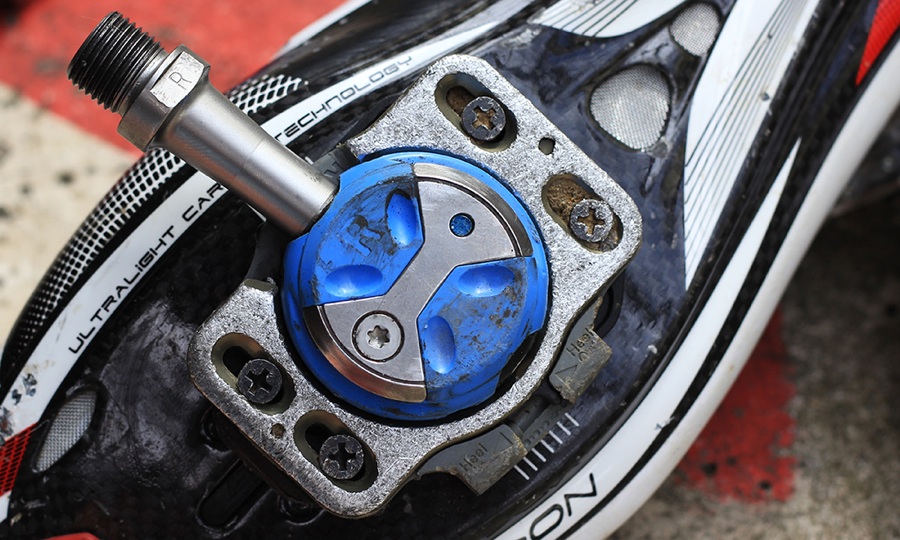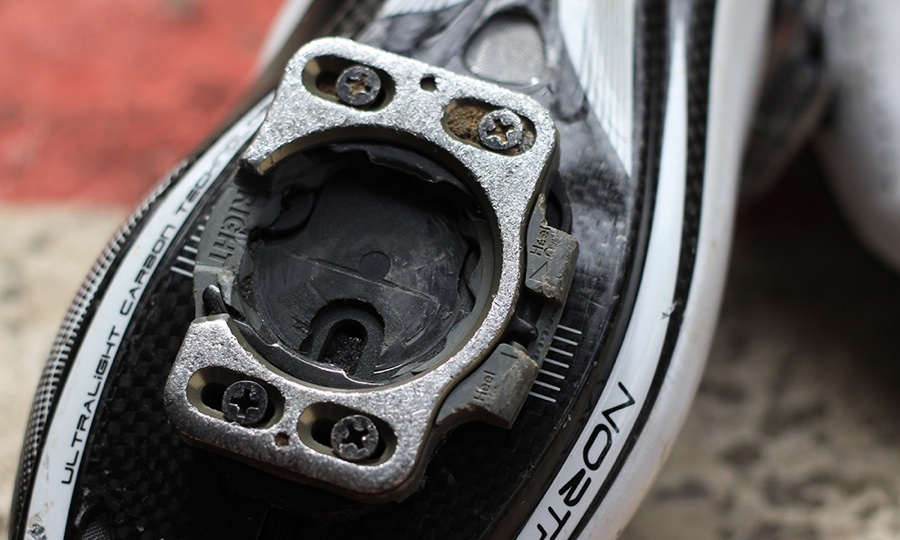Pedals, like saddles, can both divide and unite riders in the traditional, mid-ride café stop.
Jubilant reports of the comfiest saddle or lightest pedals are discussed as the coffee is sipped.
The humble pedal is a component that needs to strike a careful balance between the firmness by which the shoe is held and the angle at which it is released.

Two situations stand out when looking at pedals; one relies on technique and power, while the other is more mundane.
Unclipping, at speed, is a rider’s nightmare. It can end in catastrophe and was the prompting factor for this test after some cheap pedals ‘let go’ while in full flow. Disaster was averted by a ‘dab’ (actually, more of a stamp) on the ground to correct the inevitable ‘fish-tailing’. Control is needed and understanding how cleat and pedal interact to avoid such incidents is paramount.
Secondly, the mundane: traffic lights, junctions, and other stationary road hazards that necessitate unclipping. Re-engaging shoe and cleat needs to be simple and unconscious, leaving the rider time to look for the highway’s plethora of additional obstacles.
Traditionally the process is fore and aft, toe and ball: get the front of the cleat into the pedal and force the rear section to snap over the cleat; two stages, instinctive and employed by many a pedal designer. Speedplay however, have done something different, and something I like, for several reasons. However, as with any action on this planet (and no doubt on the internet, too), there will be an equal and opposite reaction.
If you haven’t already encountered their design, Speedplay have taken the moving parts out of the pedal and put them in the shoe cleat. Essentially, they have used a large circlip to secure shoe cleat to pedal; a method that is simple and impressively effective. The clip engages with steel plates on the pedal, and, with minimal wear surfaces, pedal longevity is increased.

Once secured, the first notable feature is the ‘float’ [the degree of vertical and lateral movement afforded the foot]. Many pedal systems sing about their capacity to adjust float and go from a very firm position to a near loose fitment. Speedplay’s pedals just, well, float. The cleat rests on the pedal’s surface without ‘sinking’, while maintaining sufficient tension to hold the shoe in place.
Many professional riders use the Speedplay system, Bradley Wiggins among them, and having been a stalwart of a traditional cleat and pedal systems, I have to say I am converted. This set has been on several test bikes, including a daily commuter and even a cross country mountain bike, just to see how they performed.
The 15-degree float saves knees and gives an impressive amount of modulation while cornering, allowing freedom of movement in the ankles, but with a firm restriction that must be overcome to release the cleat.
The action required to engage pedal with cleat is direct; one firm push directed vertically toward the pedal axle means you are ‘in’. Releasing the foot – getting ‘out’ – is the same as with many pedals: rotate the ankle around the pedal, away from the bike to release. You may suspect that increased and notable float will make this too easy, but it isn’t. There is a balance here that gives you confidence to leave the saddle for a sprint without fearing that your perhaps unhinged sprinting technique will be uncovered by the pedals releasing. Equally, the firm, ‘connected’ feel rewards good technique.

So are there any downsides to the Speedplay system? After praising it, I can only see that those who may not be prepared to try the system are those who are committed to a more tensile shoe-to-pedal interface. If you are looking for a tight connection that leaves little ankle movement, these may not be for you. However, Speedplay’s approach of increasing ‘float’ while maintaining a solid fixture to the bike could benefit riders who have always used a more traditional pedal system.
The model I’ve tested is the Light Action Steel (£149.99), and although heavier than the Ti version, still come in at a very reasonable 103g per pedal. Speedplay are also able to offer custom spindle lengths, although the stock 53mm version worked well for me.
The pedals were tested exclusively on the Northwave Extreme Tech SBS shoes with the standard cleat fitment. I’m hoping to try out the thinner versions developed in a partnership between both brands so check back soon for a further review.





